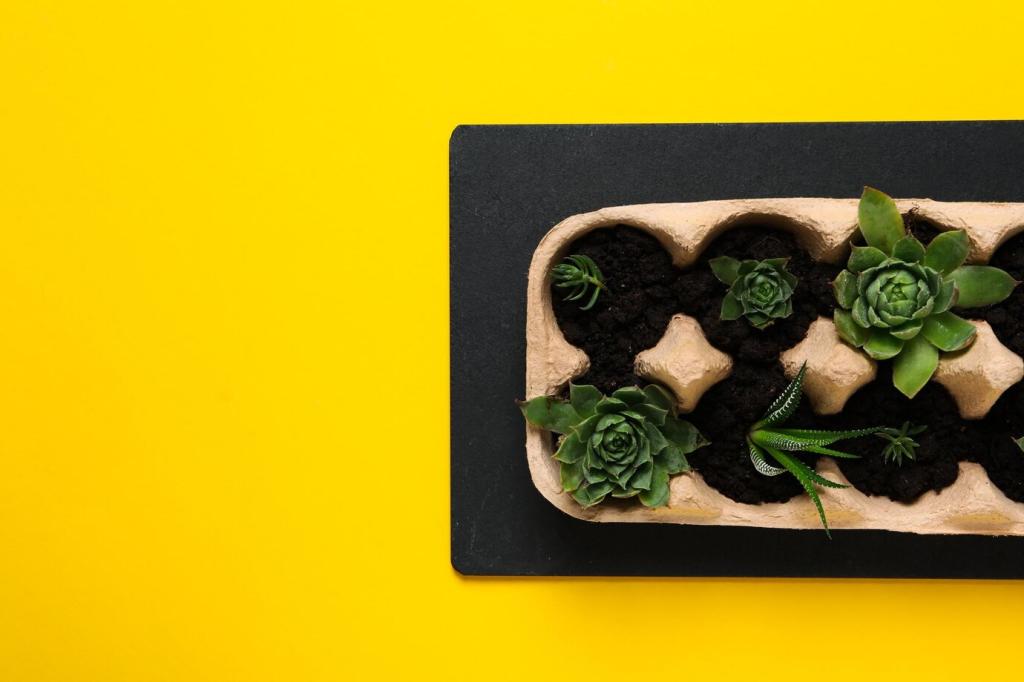This website uses cookies so that we can provide you with the best user experience possible. Cookie information is stored in your browser and performs functions such as recognising you when you return to our website and helping our team to understand which sections of the website you find most interesting and useful.
Green Certifications and Standards for Interior Design
Green certifications and standards for interior design play a crucial role in promoting sustainable practices within the industry. These certifications guide designers and clients toward environmentally responsible choices that reduce the ecological footprint of interior spaces while enhancing occupant health and comfort. They encompass a variety of criteria such as energy efficiency, use of non-toxic materials, waste reduction, and resource conservation. By adhering to these standards, interior designers contribute to global sustainability goals and ensure that projects meet recognized benchmarks for environmental performance. Understanding these certifications is essential for anyone involved in the design process committed to ecological stewardship.


Key WELL Concepts for Interiors
Implementing WELL in Interior Design Projects
Impact of WELL on Occupant Experience
BREEAM for Sustainable Interior Environments

BREEAM Criteria Related to Interior Design

Assessment and Certification Process


